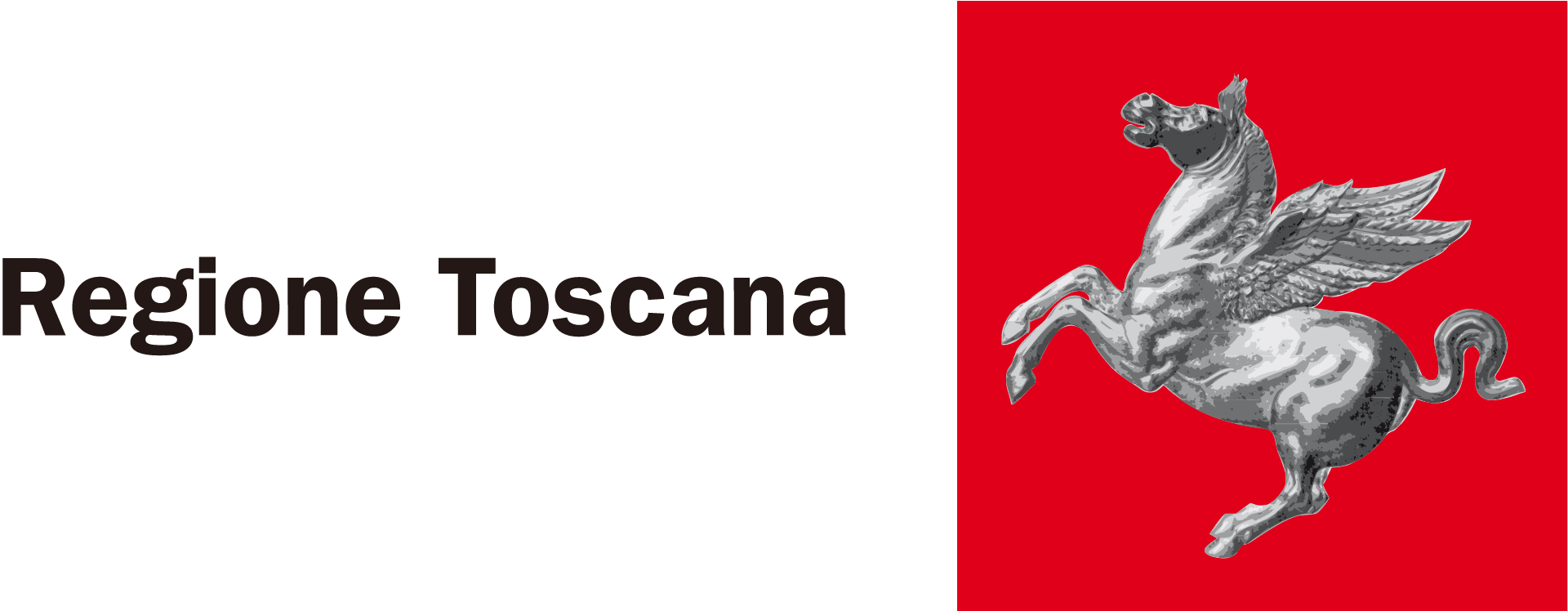The results of the present analysis show the several differences within mountain areas, hence how they are not always characterized by low density of inhabitants, ageing population, remoteness from services and other conditions of socio-economic fragility. The areas nearer to more developed places, i.e. the urban and district areas, often situated at low altitudes, are the most densely populated, and occasionally with a ratio of people per sq km above the regional average.
An analysis at a more detailed territorial scale allows a better articulation of public policies, because it distinguishes the inhabited and uninhabited areas, it highlights local potentials for development (and not just the environmental, social and economical weaknesses), and it points to a territorial hierarchy in the availability of services, so that it is possible to identify a set of “sub-poles”. The existing endowment makes these places a reference centre for the surrounding areas, thus exploiting and enhancing the small agglomerations.
Mountain areas, inland areas, fragile areas by Sabrina Iommi and Donatella Marinariari










